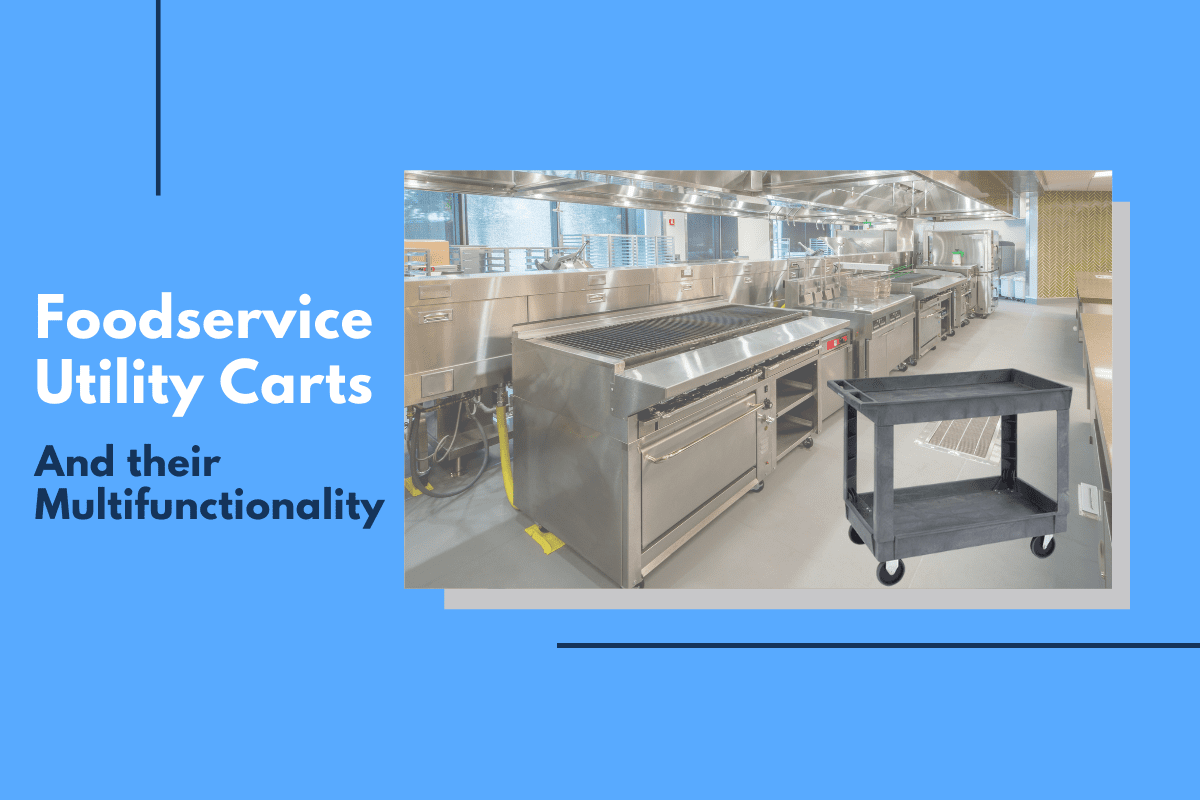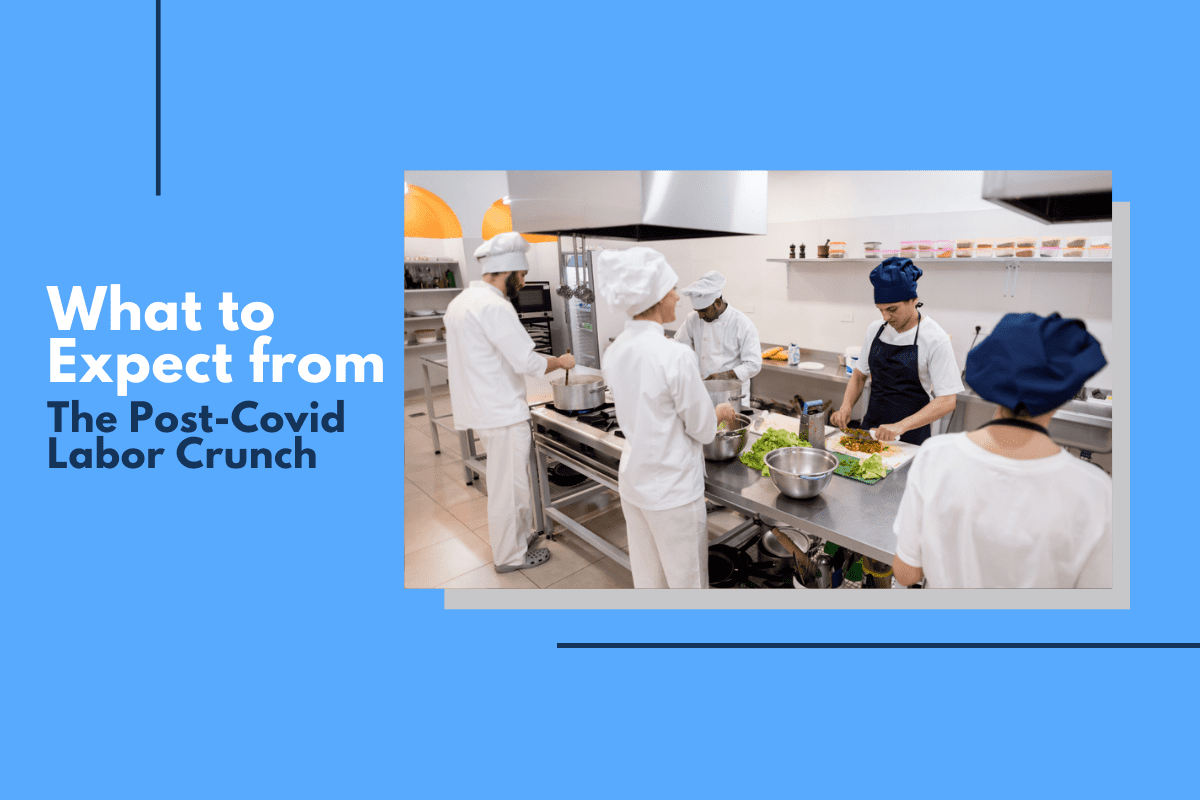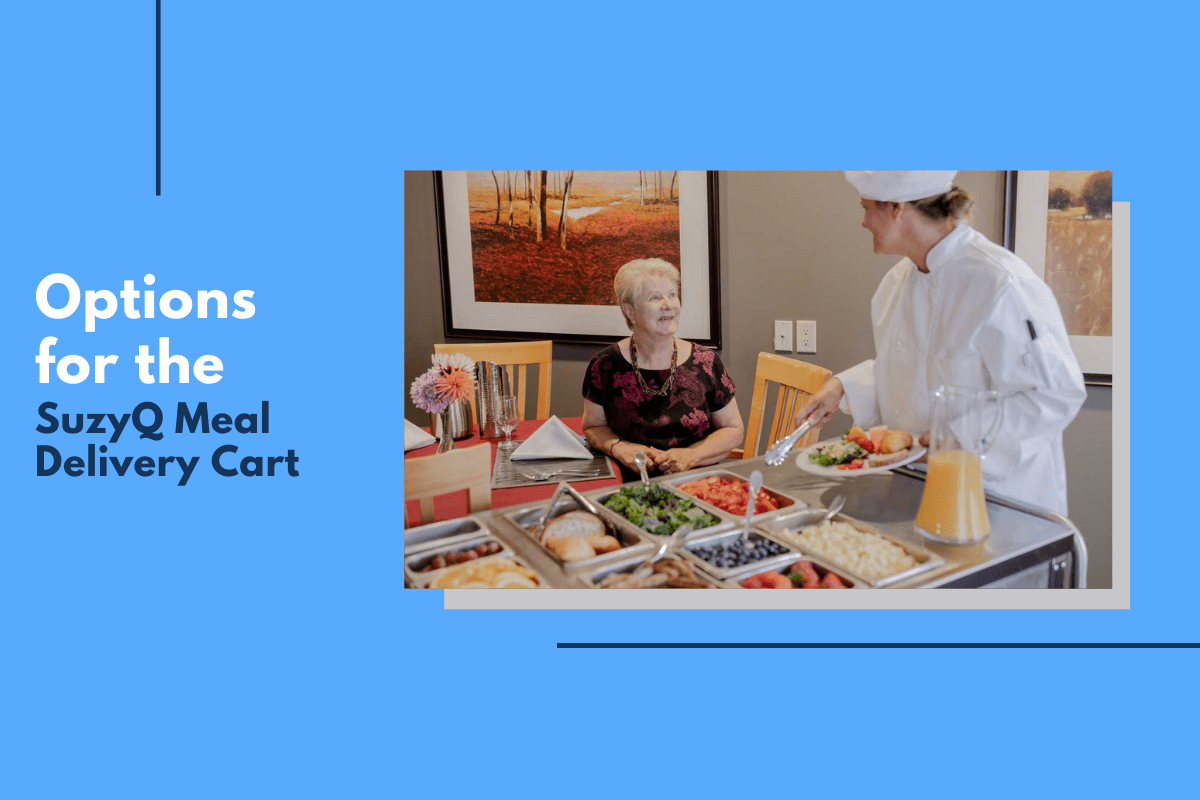
Every senior living home is different. Every home has a slightly different number of residents, each of whom has slightly different needs. Some residents live very independent lives, while others might be partially or fully dependent on someone else for their daily care. Regardless, everyone needs to eat, and this includes those who live in senior living communities. That is exactly where the SuzyQ Foodservice Cart can be helpful. This is a cart that comes with a wide variety of options that can be customized to meet the needs of the residents and the person serving the food. There are several customizable options that everyone should know.
The SuzyQ Cart Serves Hot and Cold Meals
One of the first benefits of the SuzyQ cart is that it can serve hot and cold meals. The wells can be customized to meet the needs of the food, and this creates a lot of options for breakfast, lunch, and dinner. For example, it is possible for someone to serve both hot eggs and cold yogurt or fruit during breakfast. The same can be said of lunch and dinner.
The Cart Comes With Multiple Options for Well Depth
The pans can be customized in-depth to meet the needs of the meal as well. One of the most popular options, the 4-inch pans, hold a lot of food, and the food will not turn crusty or stale during the serving process.
On the other hand, 6- or 8-inch pans might be a bit too deep, because the food can turn crusty and get stuck to the bottom, which is not the most appetizing choice. There might even be situations in which a 2-inch pan might be better because the food is even less likely to get stuck or turn crusty.
The only time a deeper pan might be better is if there is a soup or sauce. If it is the middle of winter and a lot of soup is being served, then a deeper pan might be an option. The soup will be moving around in the pan, and it will stay fresh.
There is also the option to use ninth pans, which are smaller, deeper pans. These are better for modified diets and purées. If there is something that needs to be in the pan for only a few servings, a ninth might be a good option.
It is also possible to use a long, thin hotel pan with the SuzyQ Foodservice Delivery Cart. This is great when senior homes want to show off something delicious on the cart. The tray runs the length of the delivery cart, and it looks very pretty. The ability to customize the pans in the SuzyQ Meal Delivery Cart makes it easier for senior living communities to customize the cart to meet their needs.
The Benefits of the SuzyQ Cart
There are a number of significant benefits that come from using this cart. They include:
- Using them allows senior living communities to reduce food waste because residents have control over what they want to eat.
- These carts make it easier for staff members to interact with residents, creating a more engaged labor force.
- The cart has been specifically designed to reduce back-and-forth trips to save time while serving food.
- Ultimately, the food tastes better, and residents are happier. This leads to increased satisfaction all around, creating a powerful marketing tool.
These are just a few of the many benefits that come from using the SuzyQ Cart. Every senior living community is different, and it is possible to customize this cart to meet the needs of the senior care foodservice community.


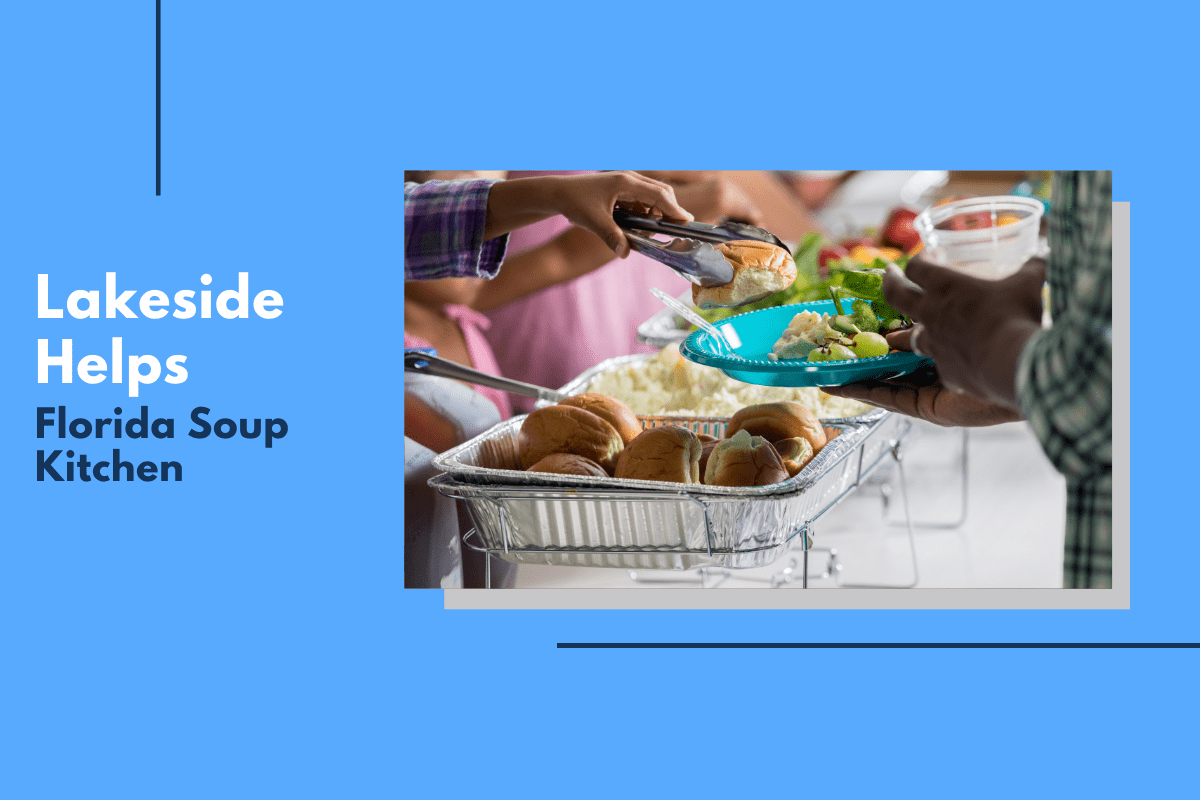
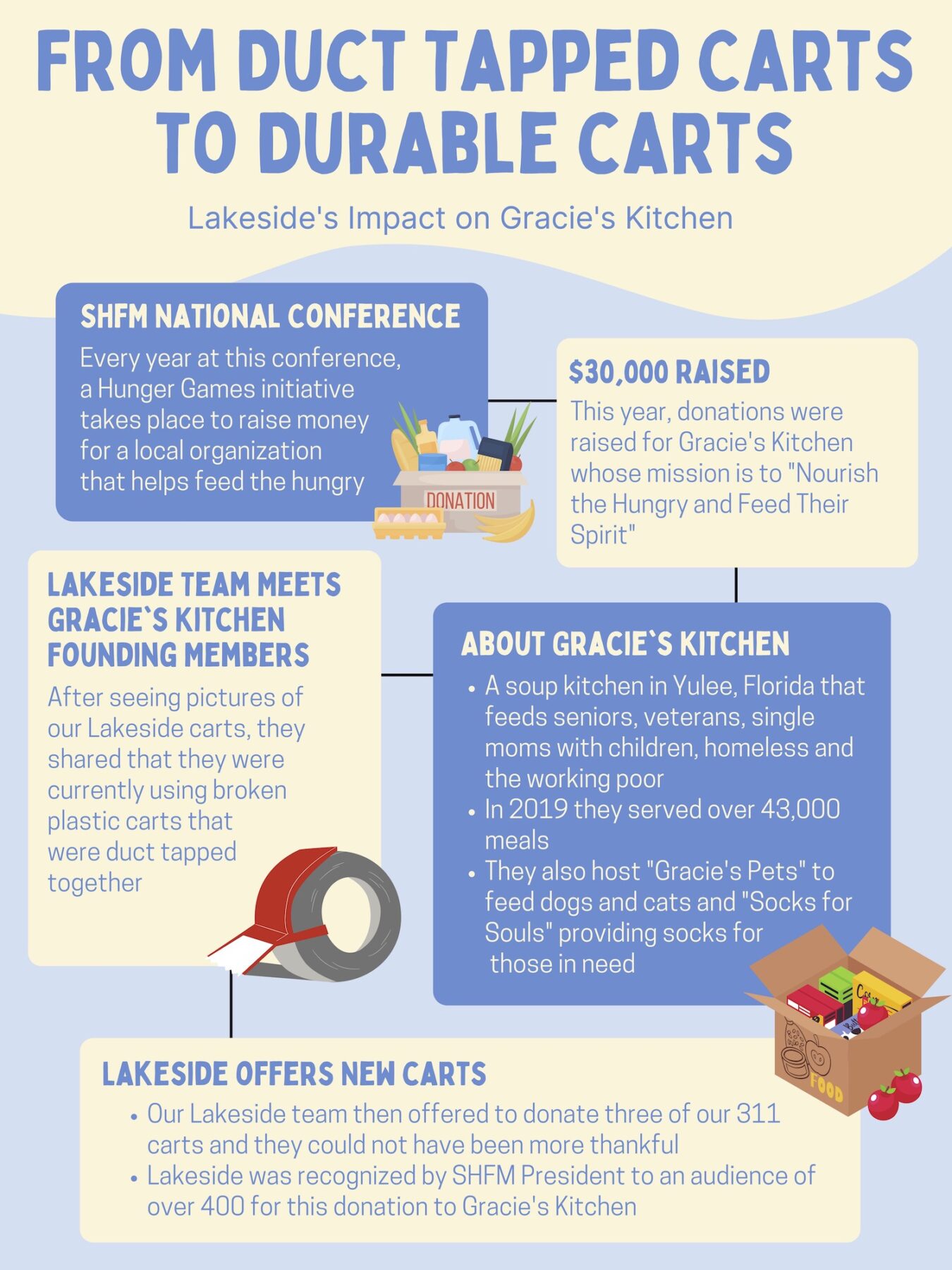
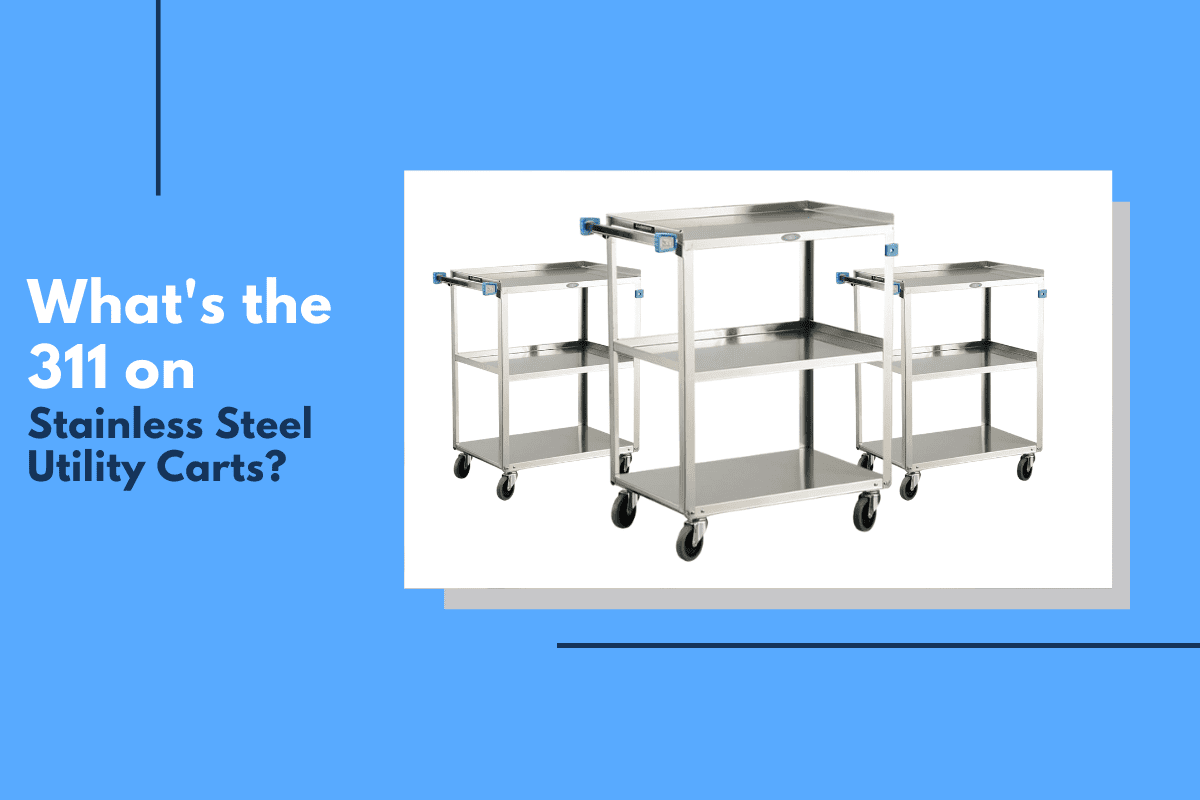
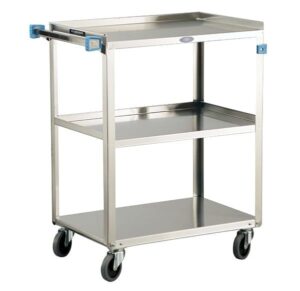 The
The 